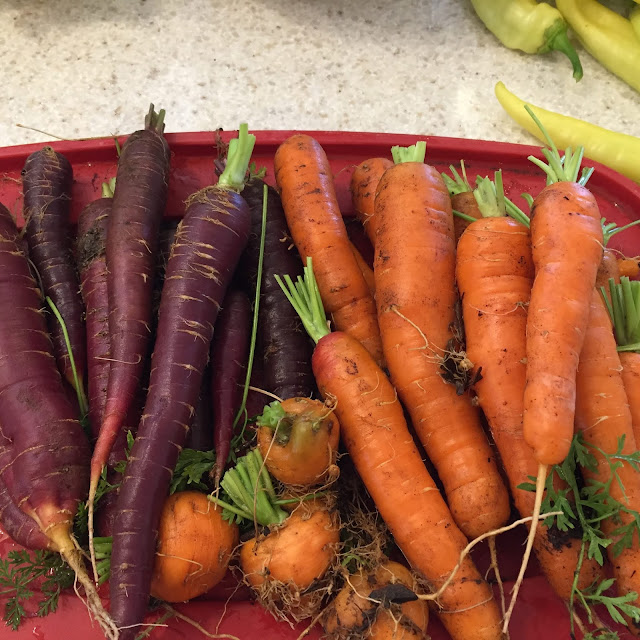Winter decided to come the last week of February. So much for spring fever. We were have such beautiful days that the apricots and forsythia bloomed.
| The raised bed garden |
Perfect day to stay inside and bake some bread. I have to try out my new grinder. I have an electric K Tec grinder but wanted a hand grinder just in case we were in a no power situation.
My sweet heart of a husband motorized the Country Living Grain Mill and built a stand for it. It's on wheels and can be wheeled in the pantry or used in the pantry.
.
| The motor is from an old cement mixer. Add a few pulleys and you get the 60 revolutions/minute that are recommended. |
| I love this mill. |
Tips for making delicious yeast breads:
- Add the least amount of flour possible for moist whole wheat bread.
- Instant yeast can be added directly to the recipe without proofing in water.
- Active yeast must be proofed in water before being added to the recipe. Water that is too hot will kill the yeast.
- Gluten flour is made from high protein hard wheat. It is important to keep bread moist, elastic, reduce crumbling, and extending the shelf life of bread. Whole wheat flour can also be used.
- If using a mixer with bread hooks, add only enough flour until the dough pulls away from the bowl.
- If mixing by hand add only enough flour so the dough does not stick to your hands.
- Knead 6-8 minutes before shaping into loaves. 10 minutes if kneading by hand.
- Lemon juice acts like a dough enhancer and give bread a light, fine texture.
- Dough enhancer has a shelf life of around 3 years
| Fresh from the oven |
Supplies to store to have one loaf of bread per day for one year:
- 300-350 lbs. wheat
- 61 cups gluten flour or whole wheat flour
- 4 gallons of oil I like grapeseed, avocado, or olive oil
- 46 lbs honey or sugar
- 8 one pound packages of instant yeast
- 8 lbs of salt
- 4 qts of lemon juice or 4 cans of dough enhancer
This is from the book Emergency Food Storage in a Nutshell and is a good estimation but amounts may vary depending on your recipe.
2 Loaves (4x8)
1/3 cup oil
1/3 cup of honey or 1/2 cup sugar
2 1/4 tsp salt
2 3/4 cups hot tap water (120-130 degrees)
1/4 cup gluten flour or 1 1/2 Tbs of Vital Wheat Gluten
1 1/2 Tbs dough enhancer
1 1/4 instant yeast
7-8 cups of flour
4 or 5 loaves depending on pan size
2/3 cups honey or 1 cup of sugar
2/3 cup of oil
1 1/2 Tbs salt
5 1/2 cups hot water
3 Tbs. dough enhancer
1/2 cup high gluten flour or 3 Tbs Vital Wheat Gluten
2 1/2 Tbs instant yeast
14-16 cups flour
Combine the oil, honey, salt, and water in the mixer. Add 7 cups of flour and mix. Add 1-2 more cups of flour and the gluten flour, dough enhancer, and yeast. Mix together. At medium speed add enough of remaining flour just until the dough pulls away from the sides of the bowl. Knead for 6-8 minutes. Divide and shape into loaves and put in oiled pans.
Let loaves rise on counter or preheat oven for one minute and turn off and let loaves rise for 35 minutes in a warm oven. Bake at 350 for 30 minutes. Cool for 10 minutes and remove from pan.
| A warm slice of bread with homemade jam is wonderful on a cold winter day | . |
These recipes can be used with white or whole wheat flour be sure to use high gluten flour and white bread flour if you want to make white bread. If using whole wheat you can substitute a couple cups of different whole grain flours.














